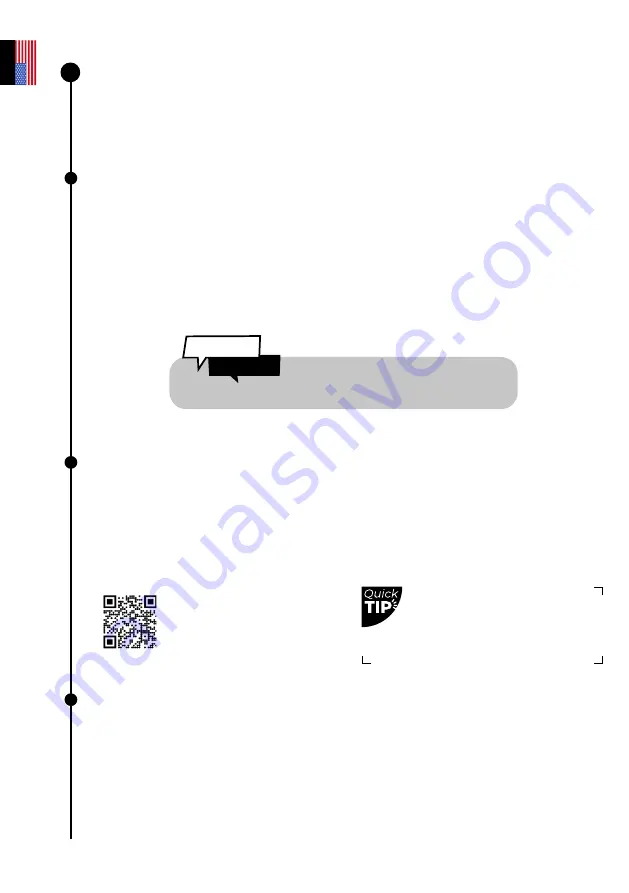
Software suite
The telescope’s software uses its onboard computer to stack and process images. It
produces an enhanced image and projects it in real time using an algorithm that adjusts
for the movement/rotation of the Earth. This makes it possible to get long exposure times
for observed objects.
Enhanced Vision
What is Enhanced Vision?
Enhanced vision is a system that uses a low-light sensor to continuously accumulate light
by stacking short exposure images. Enhanced Vision increases the brightness and detail
of the objects you observe over time.
It may take a few seconds to a few minutes to see the colors and shapes of objects using
Enhanced Vision, depending on the observation conditions (light pollution, moon phase,
weather, etc.) and the objects you are observing.
The telescope stacks images every 4 seconds.
Visible Sky Area
You can use the telescope on a balcony or in a garden, in the city or out in the
country. We recommend at least 45 degrees of open sky.
Depending on your location, various factors can affect the quality of your observations,
such as the quality of the night sky, the Bortle scale position, light pollution, atmospheric
interference, altitude, and your position relative to the equator.
Scan this QR code
to be
redirected to our video on
observing a target that is not
included in the object catalog.
Light pollution
Even in areas with lots of light pollution, you will be astounded by the quality of your
observations with your telescope and what is visible in the night sky.
To lessen the impact of light pollution, avoid street lights (set up behind a building or
trees), building and security lights, and any other direct light sources. This will allow you
to appreciate objects like the Dumbbell Nebula, the Ring Nebula, and the Whirlpool
Galaxy.
7
Set your portion of the open
sky in the app so that the
catalog shows only objects
that are visible to you.
Did You
Know ?
U
ser
guide
|
21
E
nglish

































